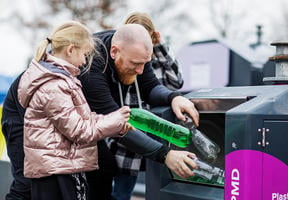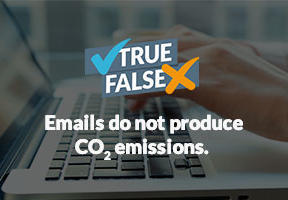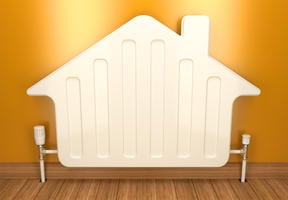Fuel Poverty, A Serious Yet Elusive Problem
10 min read
poverty is a term used to describe households whose income cannot adequately cover domestic and transportation-related energy costs. It applies to industrialized countries and should not be confused with energy access problems in developing countries, which raise altogether different issues.

© THINKSTOCK - Heating bills can be overwhelming, particularly in poorly insulated homes.
How is fuel poverty defined?
According to the U.K. definition, now widely adopted across Europe, fuel poverty corresponds to a situation in which people spend more than 10% of their income on fuel to maintain an adequate standard of warmth in their home, generally set at 21°C in the living room.1
This approach, however, is flawed, as energy costs do not have the same impact on high- and low-income households. Energy use varies widely depending on a number of factors, such as the size of the dwelling and whether or not it is well insulated, an apartment or a house, in the city or the country, etc.
For this reason, in addition to the 10% indicator, the United Kingdom now looks at other aspects such as a household's fuel expenses compared to national or local averages, and whether it falls below the poverty line once energy expenses have been accounted for.
France has retained the 10% indicator but added additional criteria defined by the national fuel poverty observatory (ONPE),2 such as how cold it actually feels, as reported in surveys, and consumer behavior. Some households, for instance, turn their heating down drastically to save money.
How many people are "fuel poor"?
While the variety of situations makes it difficult to establish statistics, it is estimated that between 50 and 125 million E.U. citizens suffer from fuel poverty.
In France, the ONPE has established four criteria based on the U.K. method, but has added factors such as the size of the dwelling, the members of the household and even how cold it actually feels, based on survey responses.
Armed with these tools, in its latest report3 the ONPE defined a "core" group of fuel poor households that suffer from the cold and struggle to pay their energy bills. According to the ONPE, this group includes a total of 1 million households, representing 2.6 million people who are often members of large families.
Outside of this core group, the ONPE has defined a wider group made up of 5.6 million households, or 12.1 million people, that experience "thermal discomfort" and financial hardship.
Both categories are growing: the core group increased from 3% of households in 2006 to 3.9% in 2013, and the wider group from 18.4% of households to 20.4% during the same period.
While there is no standard profile for the energy poor, many are elderly (55% of people over 60), often live in rural areas (35%) and are for the most part homeowners (62%) in poorly insulated single-family homes.
The effects of fuel poverty are felt in areas as diverse as health, through chronic diseases, and safety, due to accidents caused by makeshift heating, not to mention children's scholastic results and social exclusion of vulnerable populations, particularly elderly people on small pensions. These factors can all lead to real social segregation.
Short- and long-term remedies
There are currently two remedies available: subsidies for energy bills and grants for home renovations that increase . While subsidies may offer palliative relief, they are not a long-term solution. Renovation grants, on the other hand, are unsuitable for vulnerable individuals, as they cannot afford to finance the remainder of the work.4
In France, 2.7 million households receive assistance in the form of fixed subsidies on and gas bills. In 2014, this came to around €15 per month. Another subsidy is granted to people heating their homes with heating oil.
France's Bill introduced the idea of an "energy voucher" to help low-income households pay their energy bills. The scheme has been tested in certain regions since May 2016 and is expected to be rolled out throughout France as of January 1, 2018. The voucher may be used for heating sources other than gas and electricity, or go toward the cost of more energy efficient devices or renovation work.
The long-term solution, however, remains home renovation. Here special provisions have been made for the poor, such as the French national housing agency ANAH's Habiter Mieux housing improvement plan, which aims to renovate 300,000 private homes from 2010 to 2017. Another provision, energy efficiency certificates (EECs), was created in 2006. It requires retail energy sales companies to actively encourage their customers, i.e., households, regional authorities and businesses, to improve their energy efficiency. As part of this program, energy suppliers provide fuel poor households with financial support during energy-saving projects.
Transportation, the other side of poverty
The other aspect of fuel poverty is transportation. According to some studies, the cost of a 20 km commute to and from work by car in France is the equivalent of 25% of the minimum wage.
Lack of transportation can make it harder to find employment, hamper reintegration efforts and aggravate isolation. This has led to the rise of the "inclusive transportation" movement, offering numerous responses such as social car sharing, ride sharing, small-scale public transport, short-term vehicle lending and low-cost car and bike repairs.






















